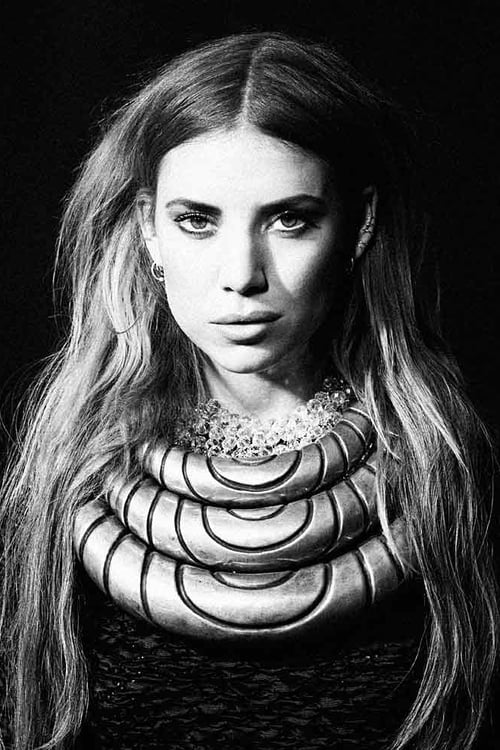프레스포즈플레이 (2011)
디지털 시대, 가장 강력한 영향력을 지닌 창작자들의 인터뷰
장르 : 다큐멘터리, 음악
상영시간 : 1시간 28분
연출 : David Dworsky, Victor Köhler
시놉시스
스웨덴의 영상 에이전시 House of Radon이 제작한 디지털 혁명이 개인과 예술, 산업에 어떤 영향을 미쳤는지에 대한 인터뷰 다큐멘터리. 영화는 하나의 특정한 관점이나 화자를 두지 않고, 80여분에 걸쳐 여러 창작자와 평론가의 이야기를 쉬지 않고 들려준다. 디지털 혁명과 그 시대를 낙관하는 자, 비관하는 자, 그 안에서 활동하는 자까지. 문화적 힘을 가진 자들의 손쉬운 구호 내지는 회고를 넘어서, 말과 말의 사이를 채우는 영상을 통해 그들의 공간, 움직이는 법, 백스테이지, 준비과정, 애니메이션, 인쇄소, 프레스 공장 등 최종적인 결과물 외에는 볼 수 없었던 부분을 관찰할 수 있다.

The story is based on the popular novel developed from folk legend. It goes that the Manchurian emperor Qianlong of China (circa 18th Century) was actually the son of a Han Chinese, the subject ethnicity. His brother of blood, Chen Jialuo just happened to be the chief of the Red Flower Society, an anti-Manchu secret society. Chen, a learned scholar, thought he could get his brother turn his back on the Manchu and restore the Han Chinese reign. But the story was ended by brutal clearence of the society members. It reflects one of the dark pages in Chinese culture, that ethics and humanity always become impotent when countered with power.
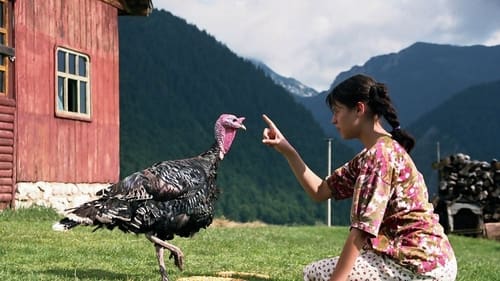
동유럽의 떠오르는 신예 감독 6인이 ‘세대’라는 주제를 가지고 각각의 단편을 만들었다. 독립적인 애니메이션은 니콜라이 니키틴의 주도 아래 진행된 이 프로젝트의 단편들을 하나로 묶어주는 기능을 한다. 공산주의 붕괴 이후 첫 세대의 목소리를 담고 있는 이 영화는 동유럽이 이제 새로운 하나의 유럽에 동참할 준비가 되어있다는 것을 확신시켜 주는 동시에 이 영화를 통해 동유럽인들 스스로가 자신들을 성찰하고 있음을 보여준다.

HBO Hungary looks at the popularity of Pierre Woodman, a French porn director known for his amateur "casting" shoots and contract work with Private and Hustler. Woodman prowls the malls and cafés of Eastern Europe seeking attractive, persuadable 19-year-olds to film in his hotel room.

A writer suffering a block decides to watch a young woman as a role model for his novel, but finds more than he bargained for.

A short, animated film based on Edwin Abbott's 1884 satirical novella, Flatland: A Romance of Many Dimensions.
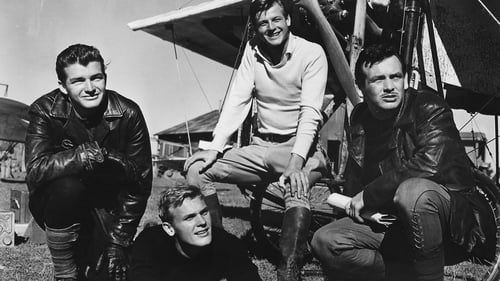
A hotshot young flyer falls for a French sex worker during World War I.

On a nice summer day a funny little car rolls over a peaceful farm yard of Muhu island. The family that withdraws from the vehicle is quite odd-looking: an overbearing madam, a henpecked stammering husband and a mystical red-head. They announce that they want to spend their vacation in the farm ... "We are from capital, we will pay". This quiet vacation turns out to be a frantic day with romance, unexpected turns and fisticuffs between suitors.

Self fashion show.

The Hungarian Oh, Bloody Life reflects on the heavy emotional toll taken by the repressive Stalin regime. Dorotya Udvaros plays a young actress from a high-born family. The government bias against persons of wealth threatens to destroy her career before it begins. As a final blow, she is threatened with deportation. The exasperation inherent in the film's title is only the tip of the iceberg.
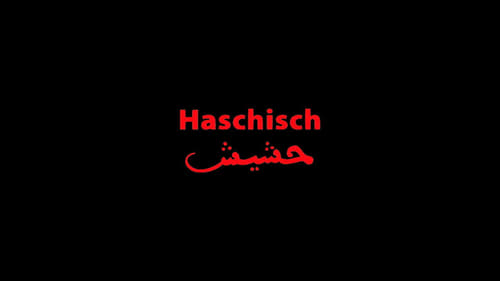
A small village high up in the mountains of Ketama, Northern Morocco. The life of the people here has been shaped by the drug hashish for centuries. Hashish as daily work, hash as exchange currency, hashish as business, hashish as basis and philosophy of a social system, hashish as medium for dreams and hashish as reason for stagnation.

Visionary, radical, spiritual seeker, renowned poet, founding member of a major literary movement, champion of human rights, Buddhist, political activist and teacher. Allen Ginsberg's remarkable life challenged the very soul of the United States.

The film is set over the course of a New Year's Eve night in the Croatian port city of Split, where it follows three parallel plots. The first plot line features a small-time drug dealer Nike (Marinko Prga) and a young widow Marija (Nives Ivankovic); the second plot line deals with a drug addict called Maja (Marija Skaricic) who decides to have sex with an US Navy sailor called Franky (Coolio) in exchange for some heroin; the third one shows a young couple, Luka and Andela (Vicko Bilandzic and Ivana Roscic) who spend the night desperately looking for a place to celebrate the New Year by having their first sexual experience. The plots are connected through Dino Dvornik's concert, where all of them pass through at some point, and through the omnipresent fireworks that dot the night sky over the course of the film.

Featuring the stories and music of seminal Cajun musicians "Bois Sec" Ardoin and Canray Fontenot, Dry Wood is a short, vibrant documentary portrait of life, food, music and festivity in the Louisiana Delta from the singular Les Blank. Preserved by the Academy Film Archive in 1999.

A television documentary produced for British Television directed by Peter Greenaway about Phillip Glass that is a recording of a performance of the Phillip Glass Ensemble in 1983 with interviews that go in depth of his style and music theory of his signature minimal sound.
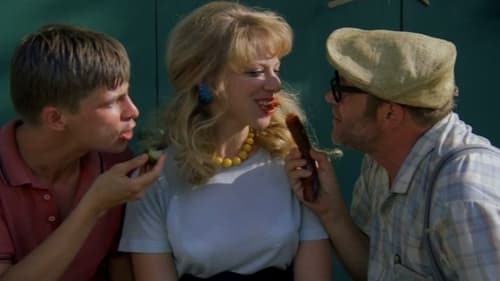
This story has a horse-race fan main character who sells clothes-hangers On one trip, a young, teenager boy relative goes with him. They have a lot of adventures as they become friends. Girls, dance and horse-racing are the themes while they sell the clothes-hangers this summer...

Commissioned by the San Francisco Mime Troupe as a short to be screened during intermission for its rather infamous 1965 Minstrel Show (Civil Rights from the Cracker Barrel), which assaulted racial stereotypes by wildly exaggerating them. Scored by Steve Reich.

A simple, religious Hungarian woodcutter lives with his wife and boy child with a small community of squatters among the peaceful mountains of Transylvania until a lumber company claims their land and forces them all to become company workers or else leave the land. This 1942 Hungarian film takes a detailed and unflinching look at the hardships of mountain living, and the realistic approach proved influential to the Neorealist movement in Italian cinema. Hungarian master director Istvan Szots won the Biennale Cup at the Venice Film Festival for his auspicious debut, but the film was banned by the Nazis as "too Catholic" and not publicly exhibited until after World War II.

This film is about the relationship of a mother and her daughter, the split-up of their family, the blessing and curse of belonging together and about coming of age - all this from the perspective of the young girl Aglaja. The story is based on real-life events, an Eastern European circus artist family that fled to the West. If they want to stay in the circus business they have to make up an exotic act. The mother spends all their money to buy a very dangerous act: hanging by her hair high up in the dome of the circus while juggling with burning torches. Every night Aglaja is terrified by the fear of losing her mother. But, on some day, she has to follow the family tradition and become the "Woman with the Hair of Steel".

This film illustrates the life of the film director, Shui-Bo Wang in The People's Republic of China. We learn of the life of the director in his own words and images from a child steeped in the values of Chinese communism exemplified by Chairman Mao, to a young man striving to live up to those ideals both as an artist and a soldier.

The images from the Tour de France in the television production Eddy Merckx in the Vincinity of a Cup of Coffee may be seen as a small sketch for the fully unfurled epic cycling drama Stars and Watercarriers. The film follows the 1973 Giro d'Italia and in his commentary Leth explains the fascination exerted by the great cycle races: "The most beautiful, most pathetic images cycling can give us involve extreme performances in classic terrain."






